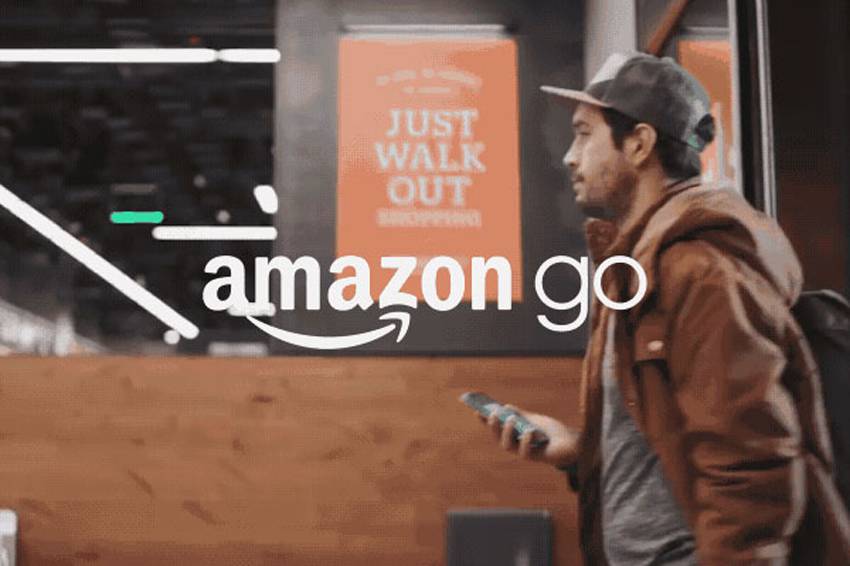
The retail industry has entered a period of rapid change
Technological innovation is remaking all aspects of the retail experience. Partially driven by retailer’s need to cut costs and commercial square footage, partially by the public’s seemingly insatiable appetite for new technology, retailers continue to embrace new mixed commerce solutions to rescue struggling brick and mortar locations. This period of rapid change is seeing the reinvention of everything from the ways stores market themselves and their products, down to store layout, design and staffing.
These rapid transformations of the retail experience are even starting to remake the old-school checkout line.
Cashing out: A brief history
It’s easy to overlook, but the way we pay has seen rapid changes over the last 150 years. From the creation of the cash register in 1879 (in 3D Cloud’s home of Dayton, Ohio!) by brothers James and John Ritty, through the computerized registers of the 1970s and ’80s, and the development mobile payment services like Apple Pay and Android Pay today, businesses continue to embrace new ways to quickly get their customers out the door with merchandise in hand. And this innovation extends to even more tech-driven payment processing methods.
Devices like the Square Reader allowed anyone to accept credit card payments, which became a game-changer for Shark Tank-loving entrepreneurs who wanted to start a business without being limited to cash-only transactions. This democratization of the retail experience made running a small business possible for millions of people who previously would have been shut out by the costs. It’s been embraced by traditional small businesses, new-style start-ups that trade dedicated storefronts for mobility and online sales, and even to individuals performing basic services that have usually been “cash only.” These days, the chances are good that your babysitter takes Visa.
Alternative payment solutions: They’re everywhere you want to be
Alternative payment solutions helped launch the portable retail craze we’re currently experiencing. An enterprising chef can now start a restaurant by converting an old truck into a mobile kitchen/takeout window, and budding entrepreneurs can sell directly to consumers through pop-up shops in high-traffic areas or local farmers markets without the need for a permanent retail space. These systems have truly changed the landscape of retail and how we shop today, and they’ve changed consumers expectations right along with them.
Though tech like the Square Reader (and later Register) are a big improvement from the technology that was on the market when they launched — large POS and CRM solutions that were costly for small businesses — the process for the customers hasn’t really changed all that much. Yes, a shopper might now pay without approaching a counter (their card instead swiped by a free-roaming employee clutching an iPad), and they could track their purchases via mobile apps and digital receipts, but they still needed to interact with a cashier (either human or automated like the kind you find at self-service checkout lanes) to manually process the order and pay.
Amazon Go: Get out the door in seconds
Innovation is about more than simply improving an existing solution — it’s changing for the better the very nature of the way people do things. So who needs a cash register at all? Why not allow consumers to walk into a store, grab what they want and walk out with no cashier involved at all? Thanks to Amazon, that innovation now exists and it’s called Amazon Go.
“Amazon Go is a new kind of store with no checkout required,” explains Amazon’s FAQ on the new payment solution. “We created the world’s most advanced shopping technology so you never have to wait in line. With our Just Walk Out Shopping experience, simply use the Amazon Go app to enter the store, take the products you want, and go! No lines, no checkout. (No, seriously.)”
So how does it work?
“Our checkout-free shopping experience is made possible by the same types of technologies used in self-driving cars: computer vision, sensor fusion, and deep learning. Our Just Walk Out Technology automatically detects when products are taken from or returned to the shelves and keeps track of them in a virtual cart. When you’re done shopping, you can just leave the store. Shortly after, we’ll charge your Amazon account and send you a receipt.”
Amazon Go completely rethinks the consumer’s retail experience and the buying process, making it a prime example of a Mixed Commerce solution in action. The goal of Mixed Commerce is to allow merchants do more with less — show more inventory in less square footage, get in front of more customers with less big-box locations, and remove pain points from the buying process through technological innovation. With an Amazon Go-like system, merchants can refocus their employees on customer service and experience, rather than having the bulk of their staff manning small conveyor belts at the front of the store.
Intel joins the fray
Amazon is far from the only tech giant looking for ways to bring no-touch payments to retailers. At this year’s National Retail Federation’s Big Show in New York City, Intel announced a plan to invest $100 million in what it calls the “Intel® Responsive Retail Platform” or Intel® RRP, for short. It’s a “new horizontal platform that fosters the creation of highly flexible, scalable and innovative solutions, by bringing together retail hardware, software, APIs and sensors in a standardized way.” The chip manufacturer hopes the platform will “take retail to the next era of highly efficient and personalized shopping, and intelligently lead businesses into the future.”
Though these solutions are still in their infancy, it’s not hard to imagine other tech giants jumping into this space in the near future. Can “Google Go” really be that far behind?
For a rundown of the biggest developments in Virtual Reality and Augmented Reality from the past 12 months, check out our 2016 roundup, Augmented Reality and Virtual Reality – The Year In Review. For more information on how retailers are using mixed commerce solutions, check out our Mixed Commerce Glossary, which defines the terminology being used by businesses to describe the changes currently sweeping retail.










